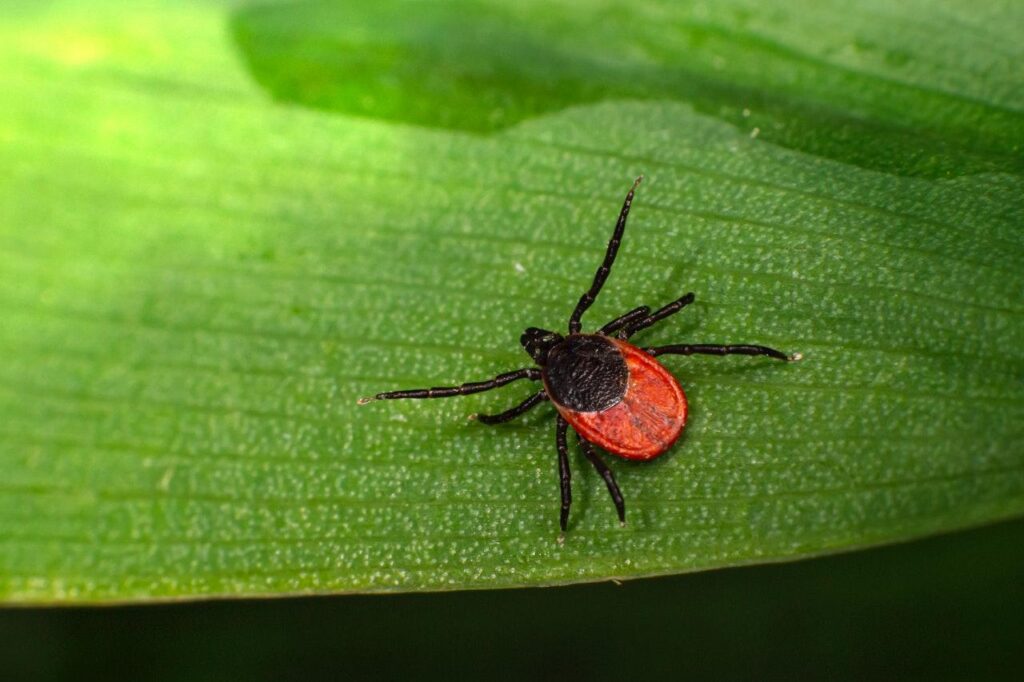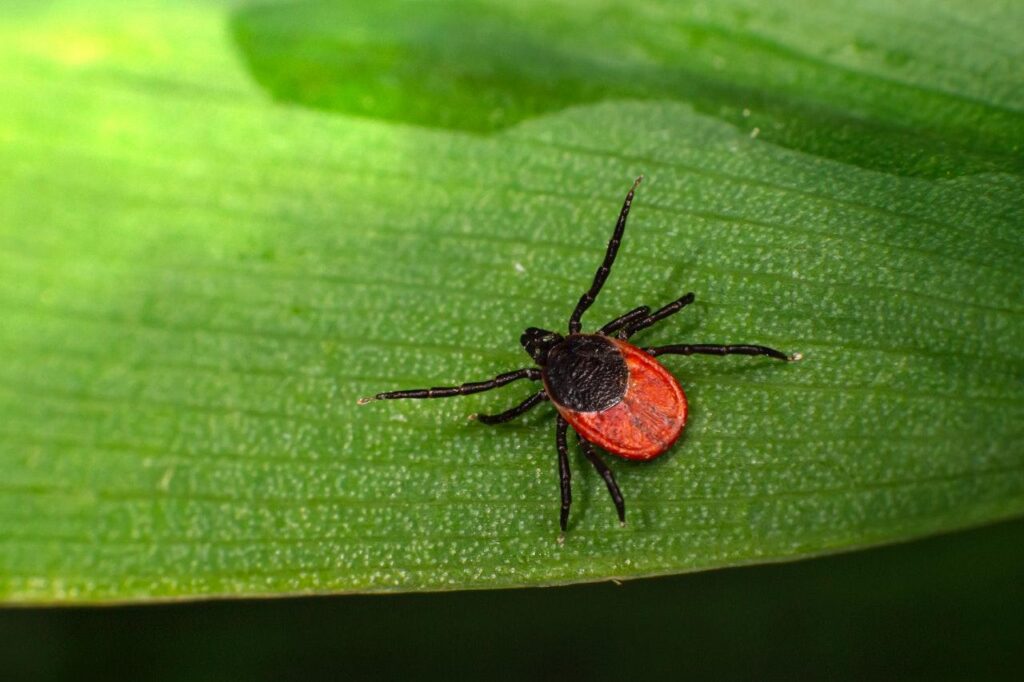Introduction
Lyme disease is a kind of infection caused by a spiral-shaped bacteria named Borrelia burgdorferi. These bacteria cause infection in North America.
While in Europe the causative organisms are Borrelia garinii, Borrelia afzelii
Why it is called Lyme disease?
This is because the first case was reported from Lyme in 1975. Lyme is a town on the eastern side of the Connecticut River in New London county of Connecticut, USA.
What is the historical background of Lyme Disease?
Since the discovery of cases in 1975, about 51 cases were there by 1977. People were suffering from arthritis which develops during the progress of the disease. The black-legged ticks were linked to the disease.
In 1982, Borrelia burgdorferi bacteria was found which was responsible for this disease.

What are types of ticks?
There are many types but the most important are;
- Ixodes Sacpularis- black -legged tics: On the Eastern side of United States.
- Ixodes pacificus-western black-legged tick: On the western side of the United States
- Ixodes ricinus: mainly in Europe
Ticks are usually found in woody and grassy lands. Not all ticks contain bacteria of Lyme disease.
Which animals are sources of Lyme disease?
Small rodents are reservoirs and larger animals like White-Tailed Deer are hosts for the ticks.
Remember that;
- the reservoir is any animal on which an infectious agent lives and multiplies but don’t cause disease in them
- while the host is a larger living thing that harbors a smaller living thing and normally provides nourishment and shelter
How do these organisms get access to humans?
These bacteria infect humans by the bite of a tick called “Ixodes tick”. This infection was reported in 1949 in 50 states of the US. Most cases were reported from the northeast, Midwest states, and parts of northern California.
In Canada, the cases were reported Quebec, Ontario, Manitoba, New Brunswick, Nova Scotia, and British Columbia.
How many cases occur in a year?
In the united states, approximately 30,000 are estimated each year.
Is there any particular season for infection?
Human contact with the ticks may occur at any time. But the most common months of the year are May to August, particularly in woody areas. in some areas, April to September have more cases.

Who are at risk of getting Lyme disease?
- People living the areas of woody and grassy lands where the prevalence of ticks is more.
- Hunters wandering and sleeping in jungles
- Campers not wearing proper clothing.
How Lyme disease is investigated?
The diagnosis chiefly depends on signs and symptoms and proper history. You must consult your physician if you feel having related features of Lime Disease. Public health-approved labs do the testing to rule out disease.
What are the features of Lyme Disease?
Stage 1
It is the early localized stage that occurs 7-14 days after the bite. This includes;
- malaise
- fatigue,
- headache
- muscle pain
- rash- this is non-pruritic bulls-eye lesions reddish with a clear center at the site of the tick bite
Stage 2
This stage occurs weeks after infection. This includes;
- heart inflammation and conduction problems
- Some neurologic diseases.
Stage 3
This is the late persistent stage that occurs months to years after infection
- may not have a preceding history of early-stage infection
- chronic arthritis
- Skin diseases
- Neurologic problems like meningitis, neuropathy
Is there any vaccine available for Lyme disease?
Not yet. 1n 1998, a vaccine was introduced but wasn’t successful. So it was withdrawn from the market.
Humans don’t become immune when they have Lyme disease. So once you recover from the disease, there are still chances of getting the disease again. So prevention has the utmost importance.
what is the Lyme disease treatment?
Several antibiotics are available that are effective in treatment. you should not use them without a doctor’s advice.
How can we prevent Lyme disease?
The following measures should be taken to avoid Lyme disease.
- Proper clothing: use long sleeve shirts and trousers when you go out.
- Proper shoes: better to use long shoes when visiting risky areas
- Ticks/insect repellant: you may use DEET repellent to keep away ticks.
- Permethrin spray: this can be used to kill ticks on floors, sheets, etc but don’t use it on skin
- Check for ticks on your body
- Check pets frequently as they may import ticks
- Check your children after returning from risky areas
How to handle ticks?
- You shouldn’t touch the tics barehanded.
- Don’t put any chemicals on the tick to kill it while on the skin.
- You should use tweezers to take away the tick.
- Seize the tick tightly by its head as closer to your skin.
- Pull it up
- You can save the tick in a container for testing purposes.
- Simply wash the affected area with soap and tap water
- You may apply soothing lotion after proper washing and drying skin.
- You may take help from medical staff if you are worried about infection for proper suggestions.
Healthy food. Get it
Please also read this article
Please also read this article










